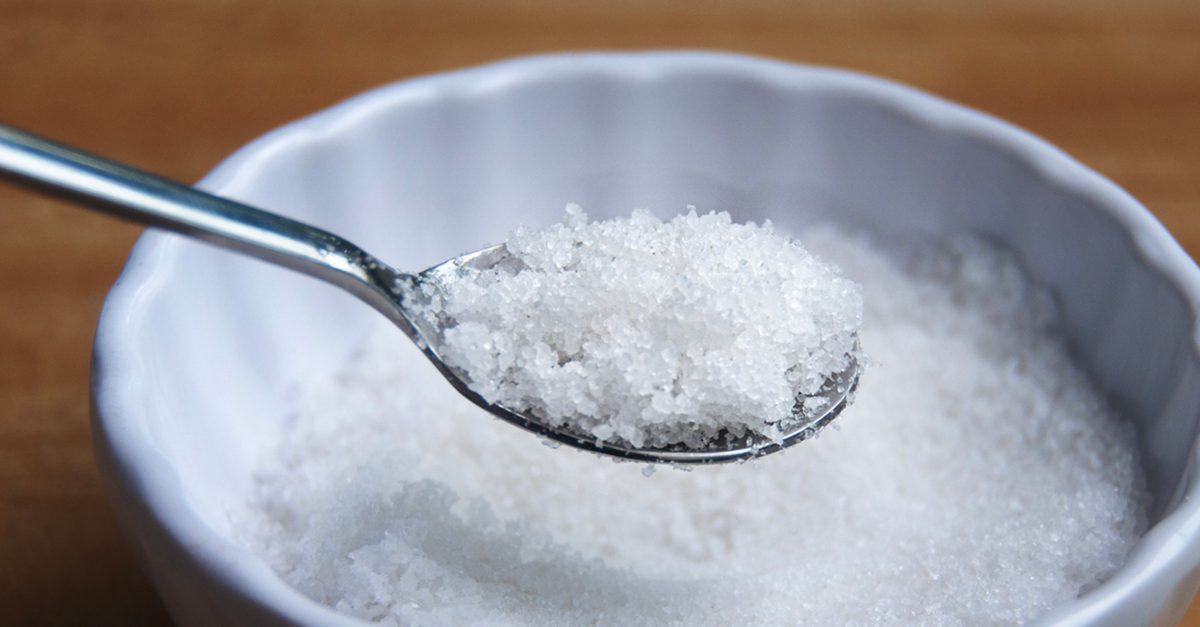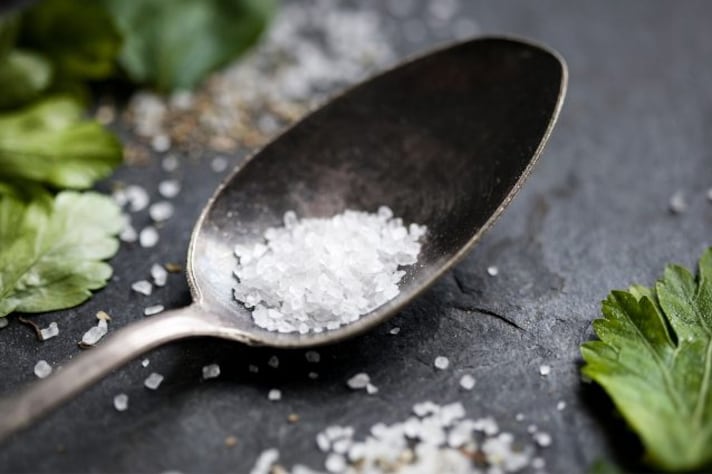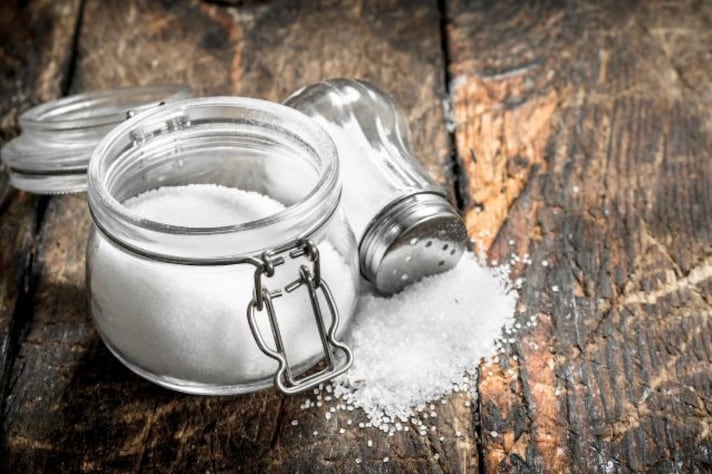How to Prevent Salt From Clumping (And How to Fix it If It Has Clumped)
To keep salt from clumping, avoid room humidity by storing it in airtight glass or ceramic containers in cool, dry spots. Add moisture absorbers like rice, food-safe silica packets, or even dried beans to prevent clumps. If salt has already clumped, break it apart gently—it's still safe to use. For a quick fix, options like bread crusts or saltine crackers also help keep salt dry.
;Resize,width=742;)
Salt, one of the oldest seasonings in human history, is essential in every kitchen, but anyone who’s tried to sprinkle from a solid salt brick knows it has a clumping problem. Salt clumps because it’s hygroscopic, meaning it readily absorbs moisture from the air, which causes it to cake together over time. But fear not! There are ways to save clumped salt and, even better, to prevent clumping altogether.
How to Fix Clumped Salt
If your salt has already clumped, don’t toss it out just yet; it’s still perfectly safe to use. Simply break it apart by placing the salt in a plastic bag and gently crushing the clumps with a rolling pin or a heavy object. You can also pulse it in a food processor for a few seconds if you need a finer texture. Once you’ve broken down the clumps, store the salt properly to prevent it from sticking together again.
The Best Containers and Spots to Keep Salt Dry
Proper storage is key to avoiding clumped salt. For best results, use an airtight container made of glass or ceramic, as these materials don’t absorb moisture or react with salt. Avoid using plastic containers, which can let moisture seep in over time. Keep your salt away from the stove and sink, where it can easily pick up humidity, and store it instead in a cool, dry place like a pantry or cupboard. By choosing the right container and spot, you can keep salt dry and ready to sprinkle.

How to Prevent Your Salt From Clumping
There are several tried-and-true ways to keep salt dry and clump-free. Each method offers unique benefits, and using them together can ensure your salt stays ready to sprinkle at a moment’s notice. Here’s a closer look at each option.
Uncooked Rice
Adding a few grains of uncooked rice to your salt container is a time-honored method. Rice is naturally absorbent, soaking up moisture that would otherwise clump the salt. To use this method, simply place a few grains in your salt shaker or container. The rice won’t affect the flavor, and it’s easy to replace every few months to keep it effective.
Silica Gel Packets
Silica gel packets—the tiny packets found in shoe boxes and certain packaged foods—are also excellent moisture absorbers. However, it’s essential to use food-safe packets specifically designed for this purpose. Place one in the salt container, being careful not to let it touch the salt directly. This method works particularly well in humid environments, where salt is prone to clumping year-round.
Dried Beans
Dried beans, like rice, help to absorb moisture, keeping the salt dry. Drop a few beans into your salt container; they’ll do the work without interfering with the salt’s flavor. Beans also have the advantage of being reusable, so you can rinse and dry them occasionally before returning them to the container for consistent moisture control.

Saltine Crackers
If you’re looking for an old-fashioned fix, try adding a saltine cracker to the salt container. The cracker absorbs moisture and provides an effective barrier against clumping. Just make sure to replace the cracker periodically, as it will absorb moisture over time and need refreshing.
Clay Disk
For a more permanent solution, consider a clay disk. These small, food-safe disks are specifically designed to regulate moisture in containers. Simply place the disk in your salt jar or shaker; it will absorb excess moisture and prevent clumping. When it dries out, you can rehydrate the disk slightly and reuse it, making this an eco-friendly and effective option.
Bread Crusts
If you’re out of other options, a small piece of bread crust can work temporarily to absorb moisture in your salt. Place the crust inside the container, and it will soak up some of the excess humidity, keeping the salt loose for a few days. Be sure to remove the bread once it hardens, as it won’t be effective after that.
;Resize,width=767;)
;Resize,width=712;)
;Resize,width=712;)

